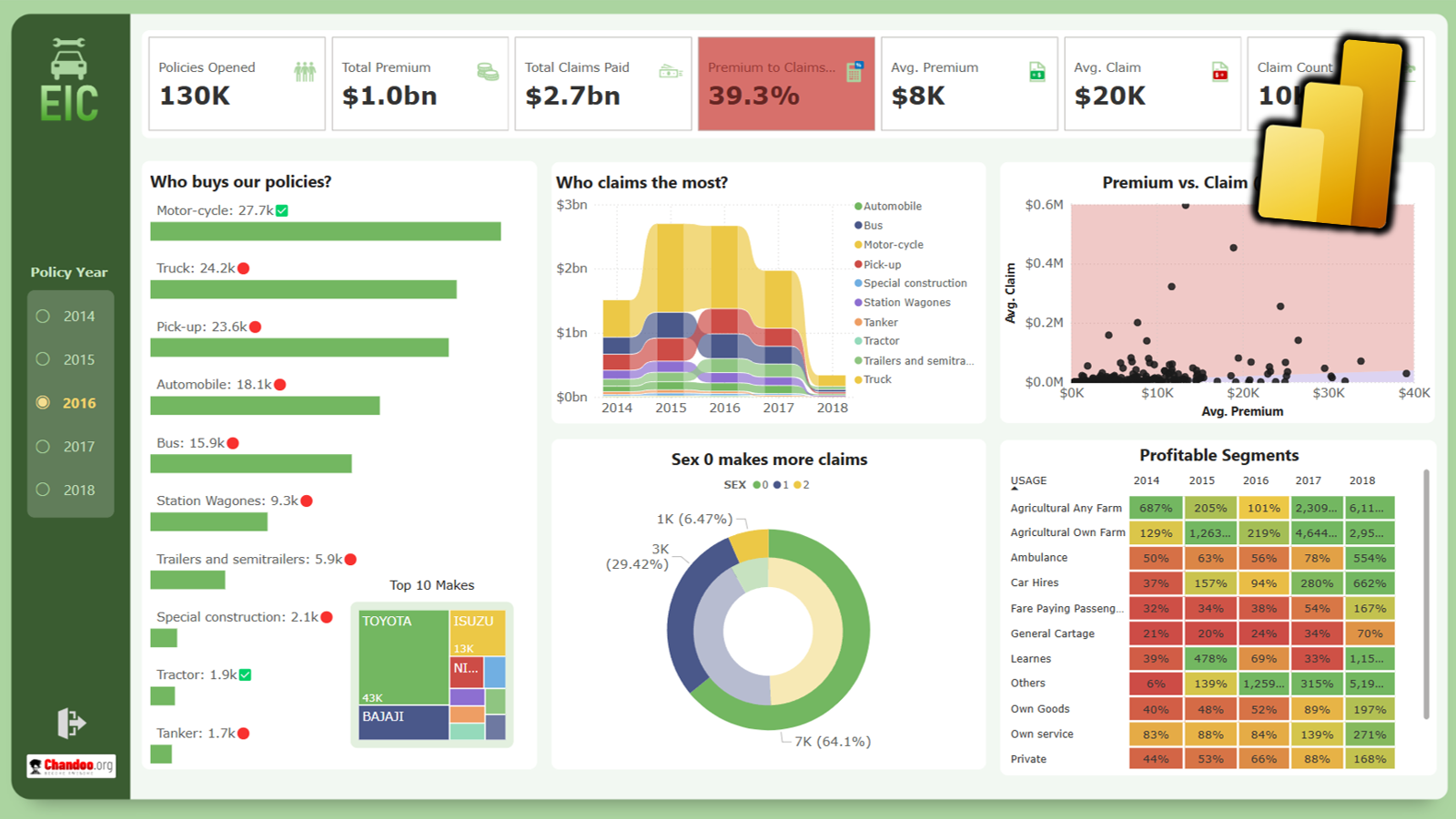Here is an interesting twist on the good old VLOOKUP. How to find the pricing applicable for given quantity of a product?
Something like this:

Writing pricing tier lookup formula:
Meet the data:
Let’s say you have data like this:

Assume the data is in a table named pricing
PLOOKUP formula:
Okay, I am kidding. There is no PLOOKUP formula (P for Price). But we can whip our own version of PLOOKUP using other powerful formulas in Excel.
Let’s say we have product name in cell C6 and quantity in cell D6.
To find the applicable unit price of D6 units of C6 (for example 12 units of Mountain Bikes),
We can use below formula:
=SUMIFS(pricing[Unit price], pricing[Product],C6, pricing[Min. Qty],"<="&D6, pricing[Max. Qty], ">="&D6)
Remember: product prices are in the table named pricing.
How does this formula work?
This is a simple SUMIFS formula that looks at the unit price column of pricing table and sums up all unit prices that match with given product name (C6), with quantity (D6) between [Min. Qty] and [Max. Qty] columns.
In other words, this SUMIFS will narrow down to the one row containing Mountain Bike (11-25) tier and returns the price as $300, if our input is 12 units of Mountain Bike.
Oh wait..! What if the quantity is 32?
You are right, our SUMIFS is too lame to handle cases where the input quantity doesn’t fit in any of the tiers.
But, we can use a simple logic to fix this problem.
Here is the final formula that works in all situations:
=MAX( SUMIFS(pricing[Unit price], pricing[Product],C6, pricing[Min. Qty],"<="&D6, pricing[Max. Qty], ">="&D6),SUMIFS(pricing[Unit price],pricing[Product],C6,pricing[Min. Qty],""))
As you can see, we try to find the MAXIMUM of our original SUMIFS and a second SUMIFS that just looks at given product (C6) and blank value for [Min.Qty] column.
Of course, this assumes that prices go down with each tier. If your case is different, you need to alter the formula.
Download pricing tier lookup workbook:
Click here to download the example workbook. Examine the formulas and play with input data to learn how this works. There are two bonus goodies in the workbook.
- The conditional formatting on order form is slick.
- There is an alternative solution with INDEX+MATCH formulas in the data worksheet.
More variations of lookup problems:
Here are few more ways to lookup tricky data:
- Similar problem: Range lookup – find which range contains lookup value
- Case sensitive lookups
- VLOOKUP the last value
- Multi-condition lookup
- Lookup first non-blank value
- More ways to lookup your data
How would you write PLOOKUP?
While the SUMIFS approach works well, it does feel a bit long. Can you think of other ways to write pricing tier lookup formula? Post your answers in the comments section. Teach us something new.




















4 Responses to “How windy is Wellington? – Using Power Query to gather wind data from web”
Breaking - Wind jokes at Chandoo
Kiwis sniffing for clues about blog post reason
It's confirmed: Wellington is windier than Uranus.
Acompanhando e aguardando ansiosamente a segunda parte.
[]s.
[Google translate]: Accompanying and eagerly awaiting the second part
hi chandoo,
i've tried using power query, however i face a rather weird problem. when i click on 'from web' option, the URL window does not show option for basic and advanced. thus i'm unable to form parameters in URL. how i can resolve this issue?